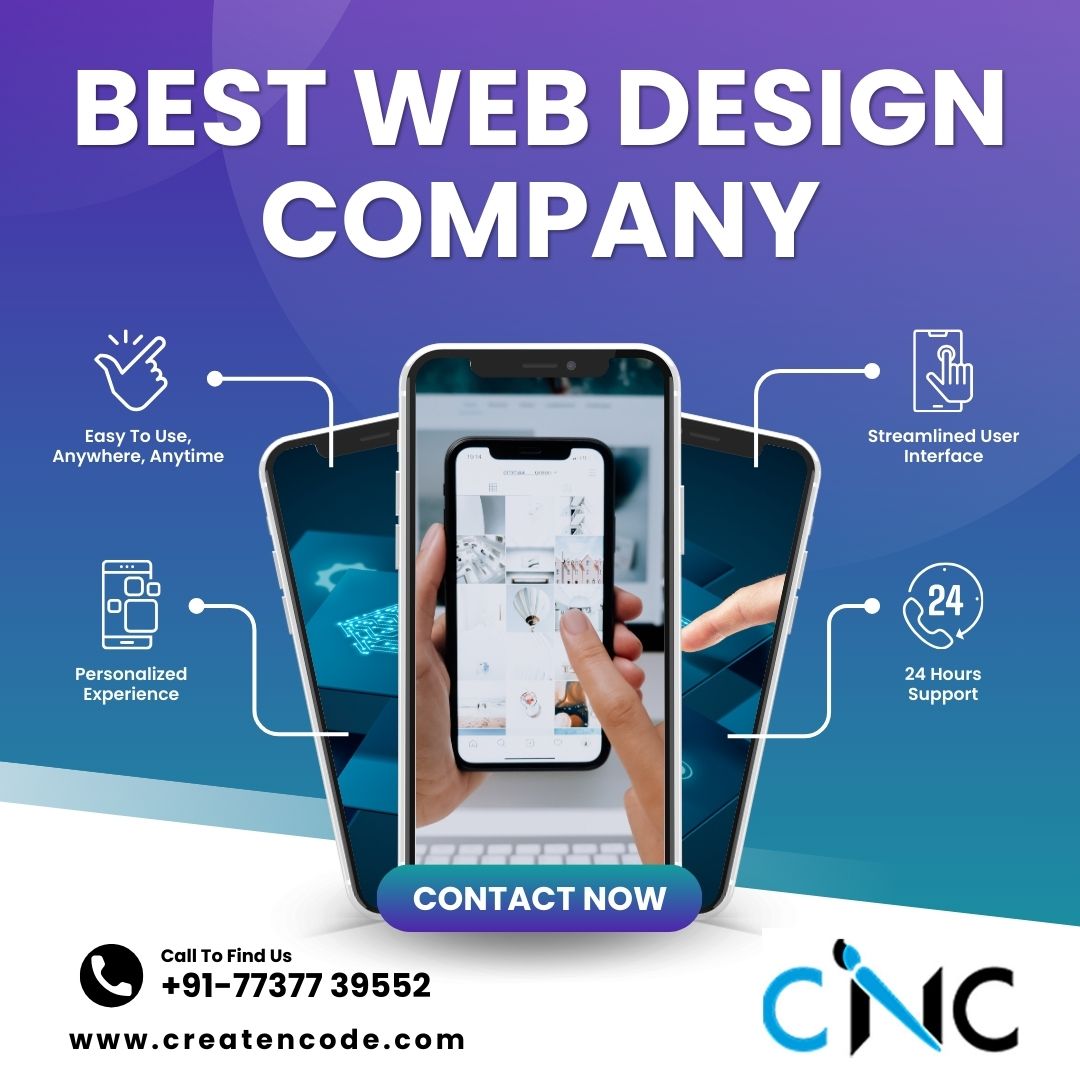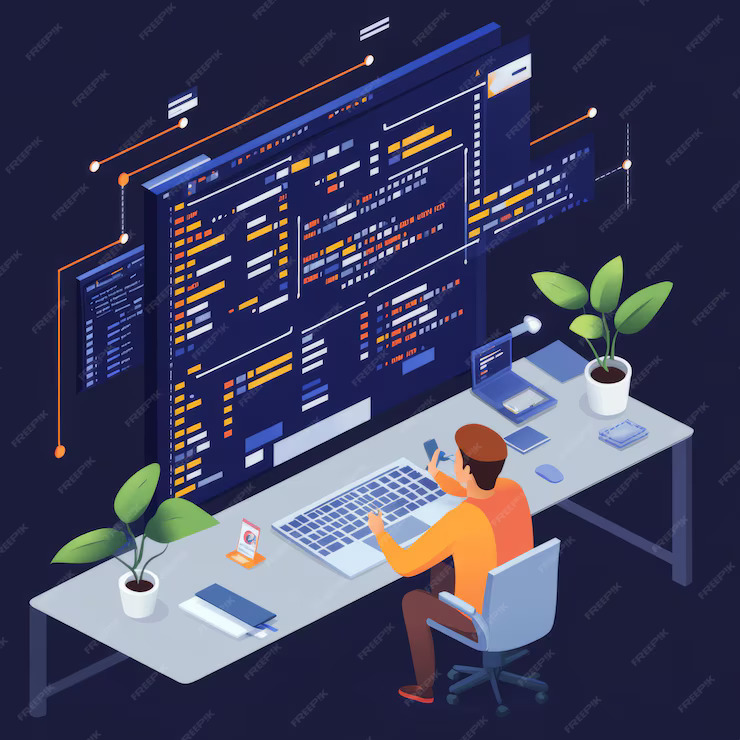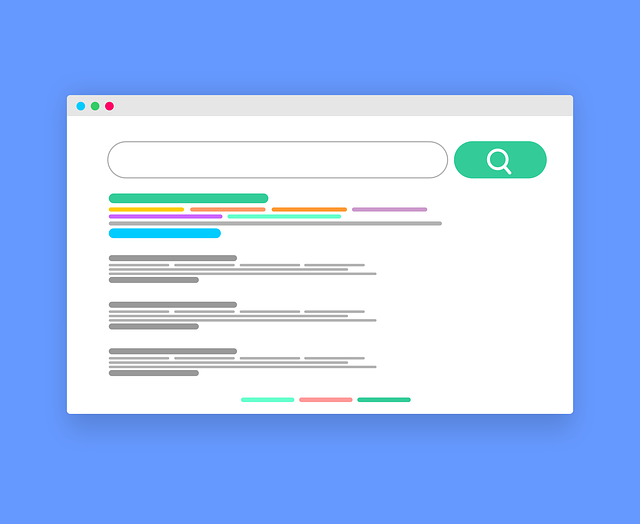Introduction of Design Website Agency in Indore
Design website agency in Indore is prepared to take on custom projects and offer specialized solutions that are matched to the particular requirements and objectives of each customer. Here's a thorough look at the procedure they usually employ:1. First Consultation
Recognizing the needs of the client: The process starts with a first meeting in which the client and the agency discuss the specific needs, objectives, target market, and overall website vision.Requirement Analysis: To make sure the client has a thorough grasp of the project scope, the agency collects in-depth information about the client's company, rivals, and industry trends during this step.
2. Request and Consent
Project Proposal: The agency drafts a comprehensive proposal that includes the project scope, schedule, budget, and deliverables based on the initial consultation.Agreement: Upon approval of the proposal, the terms and conditions, payment plan, and milestones of the project are formalized and signed by both parties.
3. Strategy and Planning
Establishing Goals: The firm collaborates with the client to establish specific goals for the website, such as raising online sales, enhancing brand awareness, or giving customers information.Site Architecture: To specify the structure and layout of the website, wireframes and a sitemap are made. This aids in illustrating the user flow and general navigation.
Content Strategy: In order to make sure that the website's content engages the target audience and is consistent with the brand message, the firm works in tandem with the client to design a content strategy.
4. Development and Design
Creative Design: Using the client's brand requirements and preferences as a guide, the design team begins by producing design mockups and prototypes. Revisions are performed based on feedback received until the customer gives the design the green light.Responsive Design: It is important to make sure the design is responsive. To make sure the design works flawlessly for every user, the agency evaluates it on a range of screens and devices.
Development: After the design is accepted, the website is built by the development team utilizing the newest coding standards and technology. Creating unique features and functionalities in accordance with the project requirements.
5. Integration of Content
Content Creation: The firm offers assistance in producing top-notch text, photo, video, and graphic content that is in line with the objectives and target market of the website.Material Management System (CMS): The client may effortlessly maintain and change the material on the website thanks to its integration with a CMS. To make sure the client feels comfortable using the CMS, training is frequently offered.

6. Quality Control and Testing
Functionality Testing: To make sure that all features and capabilities operate as intended, the website is put through a thorough testing process. This covers interactive components, links, testing forms, and navigation.Performance testing is done to make sure the website loads swiftly and effectively on various browsers and devices. Security Testing: To guard the website against potential attacks and weaknesses, security measures are put into place and tested.
7. Review and approval by the client
Review by the Client: The finished website is shown to the client for approval. After gathering input, any required changes are performed to guarantee the website fulfills the client's expectations.Final Approval: The project proceeds to the launch phase once the client gives their final approval, indicating that they are happy with the website.
8. Start-Up and Rollout
Pre-Launch inspections: The agency does last-minute inspections to make sure everything is working properly and that there are no last-minute problems before the website goes live.Website Launch: The public can view the website once it has been deployed to the live server.
9. Post-Launch Support and Maintenance Training:
The company trains the client's staff on website management and content creation using the content management system. Ongoing Support: To keep the website safe and operating at peak efficiency, post-launch support entails routine upkeep, upgrades, and troubleshooting.Analytics and Monitoring: To assist the client in making data-driven decisions, the firm may put up analytics tools to track website performance and offer insights into user activity.



